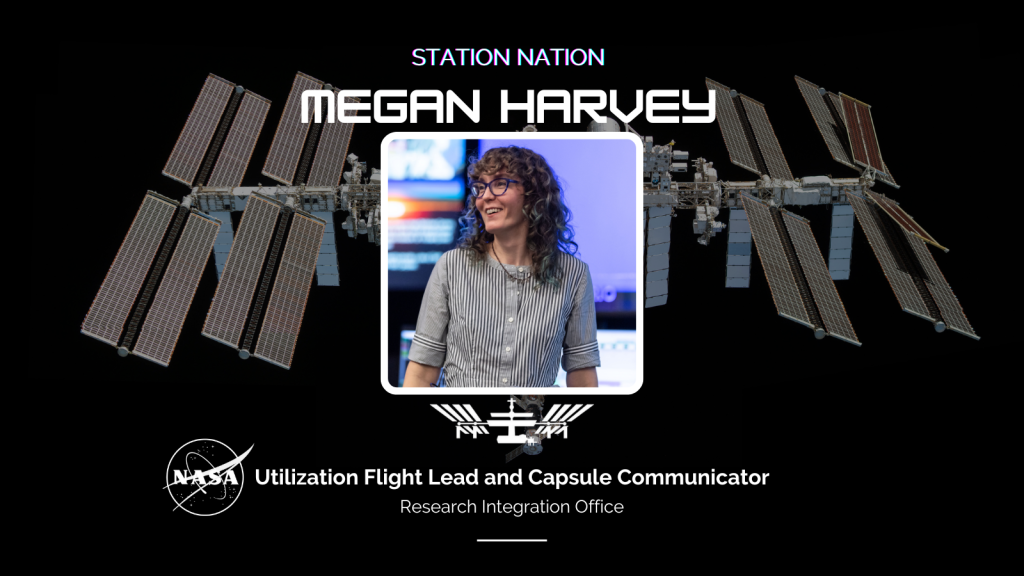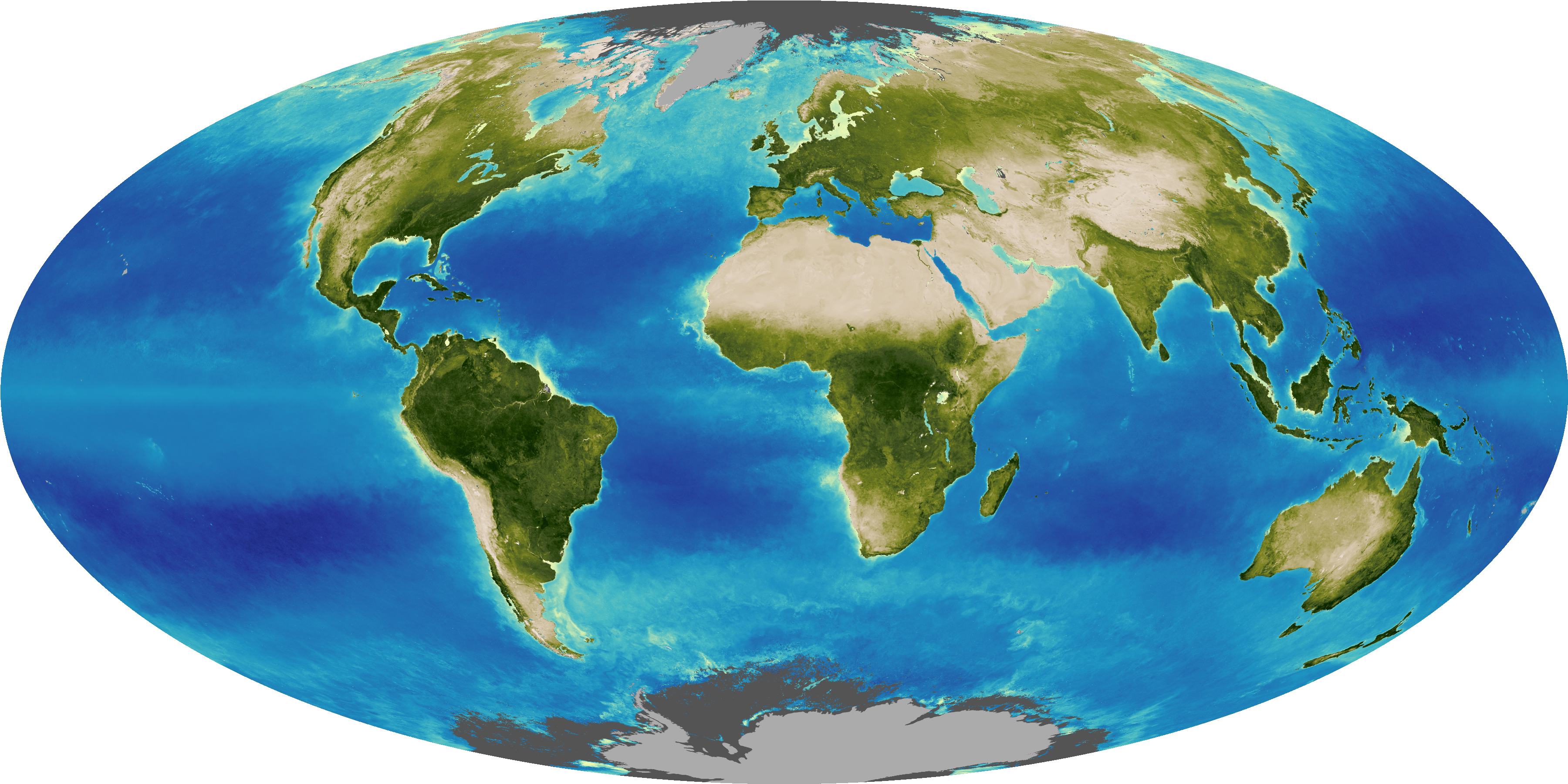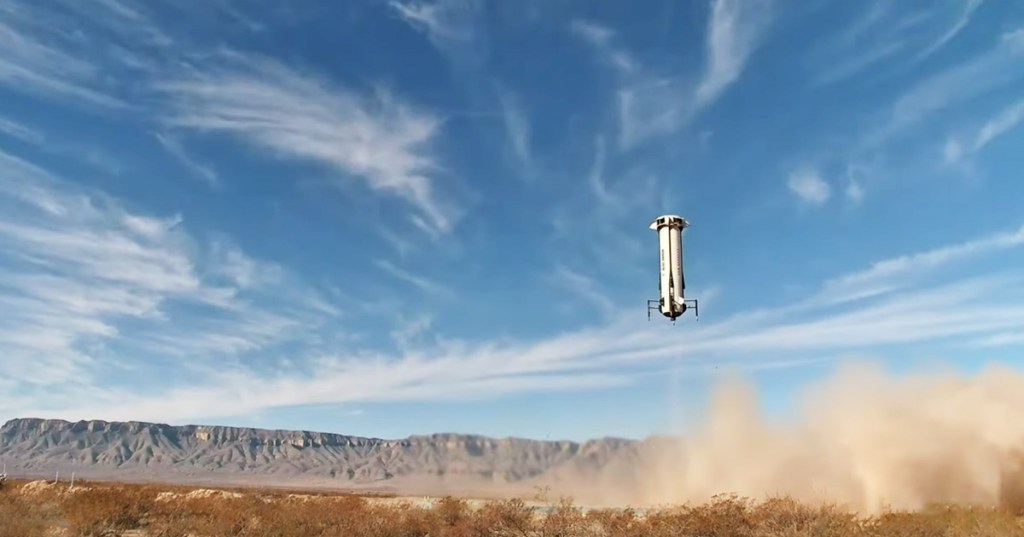The next full Moon will be on Thursday afternoon, Oct. 1, 2020. The Moon will appear full from Wednesday morning through Saturday morning.

The Next Full Moon is the Harvest Moon; the Travel, Dying Grass, Sanguine or Blood Moon; the Chinese Mid-Autumn, Mooncake, or Reunion Festival Moon; the Chuseok Moon; the Tsukimi or "Moon-Viewing" Festival, the Potato Harvest Moon or Imomeigetsu; the Pavarana, Boun Suang Huea or Boat Racing Festival Moon; Vap Poya; and the Moon associated with the start of Sukkoth.
The next full Moon will be on Thursday afternoon, Oct. 1, 2020, appearing "opposite" the Sun (in Earth-based longitude) at 5:05 p.m. EDT. The Moon will appear full for about three days around this time, from Wednesday morning through Saturday morning.
As the full Moon closest to the autumnal equinox (the end of summer and start of fall), this is the Harvest Moon. During the harvest season farmers sometimes need to work late into the night by the light of the Moon. The full Moon rises an average of 50 minutes later each night, but for the few nights around the Harvest Moon, the Moon seems to rise at nearly the same time: just 25 to 30 minutes later across the northern USA, and only 10 to 20 minutes later farther north in Canada and Europe. The Harvest Moon is an old European name with the Oxford English Dictionary giving 1706 as the year of its first published use. Most years the Harvest Moon falls in September but this is one of the years it falls in October.
Blue Moon Month: Two Full Moons
October 2020 is a "Blue Moon" month with two full Moons. The first full Moon is on October 1st. The second, a so-called "Blue Moon," occurs on October 31st. In recent years, people have been using the name Blue Moon for the second of two full moons in a single calendar month. An older definition of Blue Moon is that it’s the third of four full moons in a single season.
The Maine Farmer's Almanac first published "Indian" names for the full Moons in the 1930s. Over time these names have become widely known and used. According to this almanac, as the full Moon in October and the first full Moon of fall, the Algonquin tribes in what is now the northeastern USA called this the Travel Moon, the Dying Grass Moon, or the Sanguine or Blood Moon. Some sources indicate that the Dying Grass, Sanguine, and Blood Moon names are related to the turning of the leaves and dying back of plants with the start of fall. Others indicate that the names Sanguine or Blood Moon are associated with hunting to prepare for winter. (I have read that the name "Travel Moon" comes from observing the migration of birds and other animals preparing for the winter. I don't know, but this name may also refer to the season when the more northern tribes would move down from the mountains for the winter. For example, both the Iroquois and Algonquin would hunt in the Adirondacks in the summertime but would leave to avoid the harsh mountain winter.)
In China, Vietnam, and some other Asian countries, this full Moon corresponds with the Mid-Autumn Festival, a traditional harvest festival. In China, other names for this festival include the Moon Festival, the Mooncake Festival, and the Reunion Festival (with wives in China visiting their parents, then returning to celebrate with their husband and his parents). Part of the festival includes offerings to the Moon Goddess Chang'e (the name the China National Space Agency gives their lunar missions).
In Korea, this full Moon corresponds with the harvest festival Chuseok, during which Koreans leave the cities to return to their traditional hometowns and pay respects to the spirits of their ancestors.
This full Moon corresponds with the first of the two Japanese Tsukimi or "Moon-Viewing" festivals. This festival includes the tradition of offering sweet potatoes so this full Moon is sometimes called Imomeigetsu (which translates as "potato harvest Moon"). The Japanese full Moon festivities have become so popular that they extend for several days after the full Moon.
This full Moon occurs around the end of the seasonal monsoon rains in the Indian Subcontinent. For Buddhists, this full Moon is Pavarana, the end of Vassa, the three-month period of fasting for Buddhist monks tied to the monsoons (Vassa is sometimes given the English names "Rains Retreat" or "Buddhist Lent"). In Laos this full Moon corresponds with Boun Suang Huea or the Boat Racing Festival (which will occur on Saturday, Oct. 3, 2020). In Sri Lanka, this is Vap Poya, which is followed by the Kathina festival, during which people give gifts to the monks, particularly new robes (so this lunar month is sometimes called the Month of Robes).
In most lunisolar calendars the months change with the new Moon and full Moons fall in the middle of the lunar months. This full Moon is in the middle of the eighth month of the Chinese calendar and near the middle of Safar, the second month of the Islamic year.
In the Hebrew calendar, this full Moon falls near the start of the Sukkoth holiday, a 7-day holiday tied to the 15th day of the lunar month of Tishrei (the 15th day of a lunar month is close to if not the same as the day of the full Moon). Sukkoth is also known as the Feast of Tabernacles or the Feast of the Ingathering. Sukkoth ties back to both the sheltering of the people of Israel during the 40 years in the wilderness in the Book of Leviticus and a harvest festival in the Book of Exodus. Often for this holiday a temporary hut symbolic of a wilderness shelter is built, and the family eats, sleeps, and spends time in this shelter. This year Sukkoth starts at sunset on Friday, Oct. 2, 2020.
As usual, the wearing of suitably celebratory celestial attire is encouraged in honor of the full Moon. And you might want to consider celebrating the harvest; enjoying a mooncake; visiting your hometown, parents, and in-laws (observing appropriate social distancing, of course); and camping out.
As for other celestial events between now and the full Moon after next:
As autumn continues the daily periods of sunlight continue to shorten. For the Washington, DC area (using the location of NASA Headquarters), on the day of the full Moon (Thursday, Oct. 1, 2020), morning twilight will begin at 6:07 AM, sunrise will be at 7:05 AM, solar noon will be at 12:57:31 p.m. when the Sun will reach its maximum altitude of 47.6 degrees, sunset will be at 6:50 PM, and evening twilight will end at 7:47 PM.
November 1: Fall Back - The End of Daylight Saving Time
In late October, if you notice you have a lot of trouble waking up in the morning, you have a good reason (or at least a plausible excuse...). For Washington, DC, (and similar latitudes in the USA), the mornings from Sunday, Oct. 25, to Saturday, Oct. 31, 2020, will be the darkest mornings of the year with the latest sunrise times. By Saturday, Oct. 31, 2020 – the last day of Daylight Saving Time and the day of the full Moon after next – morning twilight will begin at 6:36 AM, sunrise will be at 7:35 AM, 9 minutes later (in EDT) than the latest sunrises of winter (in EST), solar noon will be at 12:51:37 p.m. when the Sun will reach its maximum altitude of 36.73 degrees, sunset will be at 6:08 PM, and evening twilight will end at 7:07 PM. This will be the last day of Daylight Saving Time (which means you will have an extra hour to sleep in on Sunday morning).
On the evening of the full Moon on Oct. 1, 2020, as evening twilight ends (at 7:47 p.m. EDT for the Washington, DC area), bright Jupiter will appear in the south about 28 degrees above the horizon, with Saturn to the left of Jupiter at about 29 degrees above the horizon. Mars will just be beginning to rise in the east, appearing about 2 degrees above the horizon. The "Summer Triangle" of Vega, Deneb, and Altair will appear directly overhead. The planet Mercury will have already set in the west-southwest, but might be visible just before it sets during the first half of October, low on the horizon about 30 minutes after sunset. Mercury will pass between Earth and the Sun on Sunday, Oct. 25, 2020, shifting from the evening sky into the morning sky.
Evenings should continue to be a great time for viewing the planets Jupiter, Saturn, and Mars, especially with a backyard telescope. Jupiter was at its closest and brightest for the year on July 14, and Saturn at its closest and brightest on July 20, (called "opposition" because they were opposite Earth from the Sun). With clear skies and a small telescope you should be able to see Jupiter's four bright moons, Ganymede, Callisto, Europa, and Io, shifting positions noticeably in the course of an evening. For Saturn, you should be able to see the brightly illuminated rings as well as the motions of Saturn's largest moon, Titan. Mars will reach its closest and brightest for the year on Tuesday evening, Oct. 13, 2020, appearing in the east at about 9 degrees above the horizon as evening twilight ends.
By the evening of the full Moon after next on Halloween, Saturday, Oct. 31, 2020, as evening twilight ends (at 7:29 p.m. EDT for the Washington, DC area), the bright planet Jupiter will appear at 27 degrees above the horizon in the south-southwest with the planet Saturn appearing to the left of Jupiter at 29 degrees above the horizon. The planet Mars, still near its brightest for the year, will appear about 22 degrees above the horizon in the east-southeast. The bright star Deneb, one of the stars in the "Summer Triangle," will appear nearly overhead at 84 degrees above the northern horizon.
On the morning of the full Moon on Thursday, Oct. 1, 2020, as morning twilight begins (at 6:07 AM), the bright planet Venus will appear in the east about 27 degrees above the horizon near the bright star Regulus. The planet Mars will appear in the west-southwest at 26 degrees above the horizon. The constellation Orion will appear about 50 degrees above the horizon in the south, with the bright stars of the Orion-Cygnus Arm of our home galaxy spread from the south-southeast towards the northwest.
As the lunar cycle progresses, the background of stars will appear to shift toward the west each morning, while Venus will appear to shift slowly toward the east. Venus and Regulus will appear at their closest on the mornings of Friday and Saturday, Oct. 2 and 3, 2020.
There is another comet called C/2020 P1 (NEOWISE) that has a slight chance of being visible in the morning sky around Oct. 17 or 18, 2020. Right now, it looks like it will be much fainter and harder to see than the recent comet C/2020 F3 (NEOWISE), but keep an eye on the news in case it does something unexpected. Since it is moving away from Earth as it moves toward its closest approach to the Sun, if it is visible, it is likely it will be for only a few days before its closest approach on Oct. 20, 2020. This comet was discovered on August 2, 2020 by the NEOWISE mission.
By the morning of the full Moon after next on Saturday, Oct. 31, 2020, as morning twilight begins (at 6:36 AM), the bright planet Venus will appear in the east-southeast about 21 degrees above the horizon. The planet Mercury will be rising shortly after morning twilight begins and should be visible low in the east-southeast (weather dependent) until it is lost in the glow of dawn. The constellation Orion will appear about 40 degrees above the horizon in the southwest, with the bright stars of the Orion-Cygnus Arm of our home galaxy spread from the south toward the west-northwest.
There will be several small meteor showers during this lunar cycle, with the most notable being the Orionids, which under ideal conditions are expected to produce about 20 visible meteors per hour around their peak early in the morning of Wednesday, Oct. 21, 2020. For more information see the entry for Oct. 21 in the text below.
On Thursday evening until after midnight on Friday morning, September 24 to 25, 2020, the bright planet Jupiter will appear about 5 degrees to the upper left of the waxing gibbous Moon, with the planet Saturn appearing farther to the left. From the northern hemisphere they will appear in the south as evening twilight ends. For the Washington, DC area, evening twilight will end at 7:59 p.m. EDT, with the Moon 26 degrees above the horizon. The Moon will set first in the west-southwest on Thursday morning at 12:35 AM.
Even though they are not usually visible, I include in these Moon missives information about Near Earth Objects (mostly asteroids) that may pass the Earth within five lunar distances, because I find it interesting that we have discovered so many. On Friday afternoon, September 25, 2020, at 3:14 p.m. EDT (2020-Sep-25 19:14 UTC), Near Earth Object (2020 SH4), between 10 and 22 meters (32 to 71 feet) across, will pass Earth at between 4.1 and 4.2 lunar distances (nominally 4.2), traveling at 18.56 kilometers per second (41,520 miles per hour).
On Friday evening into early Saturday morning, September 25 to 26, 2020, the waxing gibbous Moon will have shifted to the east from the night before, appearing about 4 degrees to the lower left of the planet Saturn, with the bright planet Jupiter appearing farther to the right. For the Washington, DC area, the Moon will appear 26 degrees above the horizon in the south-southeast as evening twilight ends at 7:57 p.m. EDT, the Moon will be at its highest for the night (27 degrees above the southern horizon) at 8:46 PM, Jupiter will set first in the west-southwest on Saturday morning at 12:48 AM, Saturn next at 1:25 AM, and the Moon last at 1:35 AM.
Thursday, Oct. 1, 2020, will be when the planet Mercury reaches its greatest angular separation from the Sun as seen from Earth for this apparition (called greatest elongation), appearing half-lit through a large enough telescope. Because the angle of the line between the Sun and Mercury and the horizon changes with the seasons, the date when Mercury and the Sun appear farthest apart as seen from Earth is not the same as when Mercury appears highest above the horizon in the west-southwest 30 minutes after sunset (an approximation of when it might be dark enough to see Mercury), which occurred earlier in September.
Sometime in late September or early October, 2020 (2020-Oct-01 14:59 UTC with 6 days, 17 hours, 18 minutes uncertainty), Near Earth Object (2001 GP2), between 11 and 25 meters (36 to 81 feet) across, will pass the Earth at between 0.4 and 14.3 lunar distances (nominally 6.1), traveling at 2.21 kilometers per second (4,950 miles per hour).
As mentioned above, the full Moon after next will be on Thursday evening, Oct. 1, 2020. This will be one of the smallest full Moons of the year (the opposite of a "Supermoon," sometimes called a micro full Moon).
October 2-3
On the mornings of Friday and Saturday, Oct. 2 and 3, 2020, the bright planet Venus and the bright star Regulus will appear at their closest in the eastern sky, rising in the east-northeast around 3:50 a.m. EDT (for the Washington, DC area) and appearing about 26 degrees above the eastern horizon at the time morning twilight begins (at around 6:08 AM).
On Friday evening into Saturday morning, Oct. 2 to 3, 2020, the planet Mars will appear near the full Moon. For the Washington, DC area, they will appear about 2 degrees above the horizon in the east as evening twilight ends on Friday evening at 7:46 p.m. EDT (with Mars on the left), they will appear near their closest to each other a little before midnight (with Mars above the Moon), the Moon will reach its highest in the sky for the night on Saturday morning at 1:59 a.m. (with Mars to the upper right), and they will appear about 25 degrees above the horizon in the west-southwest as morning twilight begins at 6:09 AM. If you happen to be in the South Atlantic or in the southern tip of South America, the Moon will pass in front of Mars.
Saturday, Oct. 3, 2020, at 1:23 p.m. EDT, the Moon will be at apogee, its farthest from the Earth for this orbit.
October 6-7
On Tuesday night into Wednesday morning Oct. 6 to 7, 2020, the bright star Aldebaran will appear to the lower right of the waning gibbous Moon. For the Washington, DC area, Aldebaran will rise after the Moon in the east-northeast at 9:42 p.m. EDT, the Moon will reach its highest in the sky for the night on Wednesday morning at 4:55 AM, and morning twilight will begin around 6:13 AM.
October 8
On Thursday morning, Oct. 8, 2020, at around 7:16 a.m. EDT (2020-Oct-08 11:16 UTC with 13 minutes uncertainty), Near Earth Object (2020 SX3), between 38 and 86 meters (126 to 282 feet) across, will pass the Earth at 4.4 lunar distances traveling at 10.88 kilometers per second (24,340 miles per hour).
October 9-10
On Friday evening, Oct. 9, 2020, the waning Moon will appear half-full as it reaches its last quarter at 8:40 p.m. EDT.
Late Friday night into Saturday morning, Oct. 9 to 10, 2020, the bright star Pollux (one of the twins in the constellation Gemini) will appear to the left of the waning half-moon. For the Washington, DC area, the pair will rise in the east-northeast Friday night at about 11:52 p.m. EDT and morning twilight will begin Saturday morning at 6:15 AM.
October 12
On Tuesday morning, Oct. 13, 2020, the bright star Regulus will appear about 6 degrees to the right of the waning crescent Moon. For the Washington, DC area, the Moon will rise in the east-northeast at 3:09 a.m. EDT and morning twilight will begin around 6:18 AM.
On Tuesday evening, Oct. 13, 2020, the planet Mars will be at its brightest and closest to Earth for this apparition, appearing opposite the Sun as seen from Earth (called opposition, effectively a "full" Mars).
October 14
On Wednesday morning, Oct. 14, 2020, the bright planet Venus will appear to the upper right of the waning crescent Moon. For the Washington, DC area, the Moon will rise in the east-northeast at 4:22 a.m. EDT and morning twilight will begin around 6:19 AM.
October 16
Friday afternoon, Oct. 16, 2020, at 3:31 p.m. EDT, will be the new Moon, when the Moon will pass between Earth and the Sun and will not be visible from Earth. About 4 hours later, at 7:47 p.m. EDT, the Moon will be at perigee, its closest to Earth for this orbit. Since this new Moon is near perigee, it is a "Supermoon" as designated by the astrologer Richard Nolle, who is credited with introducing the term. However, most of the public interest is in full Supermoons we can see, not in new Supermoons we cannot see.
October 17-20
The day of, or the day after, the New Moon typically marks the start of the new month for most lunar and lunisolar calendars. The ninth month of the Chinese calendar starts on October 17 (at midnight in China's time zone, which is 12 hours ahead of EDT). In the Islamic calendar the months traditionally start with the first sighting of the waxing crescent Moon after the New Moon, although many Muslim communities now follow the Umm al-Qura Calendar of Saudi Arabia, which uses astronomical calculations to start months in a more predictable way. Using this calendar Rabī' al-Awwal (the third month of the year) will begin at sunset on Saturday, Oct. 17, 2020. Most Muslims celebrate the birthday of the Prophet Muhammad during this month although Sunni and Shi'a Muslims disagree on the exact date. Sundown on Oct. 18, 2020, also marks the start of Marcheshvan in the Hebrew calendar. In the Burmese lunar calendar Oct. 17, 2020 marks the first Waxing Moon day of the month of Thadingyut. The Buddhist Hpaung Daw U Festival starts on this day and ends 18 days later, a few days past the next full Moon (on Nov. 3, 2020). In the Hindu lunar calendar Oct. 17 marks the start of the month of Ashwin, which starts with the 9-day post-monsoon harvest festival called Sharada Navaratri.
If (and it is a big if) the Comet C/2020 P1 (NEOWISE) is going to be visible in the predawn sky, the morning of Sunday, Oct. 18, 2020, might be the best time to look for it. This will be the first morning that it will be (barely) above the horizon in the east as morning twilight begins (at 6:23 a.m. EDT for the Washington, DC area). This comet will be moving closer to the Sun, which means it will be getting brighter as it gets more sunlight to reflect towards Earth, while it will also be moving away from Earth (making it dimmer). Based just on geometry (square of the distance from the Sun to the comet times the square of the distance from the comet to Earth), it would be at its brightest the morning before (but will not rise until about 11 minutes after morning twilight begins). It would still be at 99 percent of this brightness when it rises on October 18. By October 19 it will be 1.9 degrees higher in the sky but would be at 96 percent of this maximum brightness. By October 20 it will be another 1.7 degrees higher but at 91 percent of this maximum. The brightness would drop off faster each morning after this as it moves away from both the Sun and Earth (but gets higher in the morning sky).
On Monday evening, Oct. 19, 2020, the bright star Antares will appear about 5 degrees below the waxing crescent Moon. As evening twilight ends (at 7:21 p.m. EDT for the Washington DC area), The Moon will be about 11.5 degrees above and Antares about 7 degrees above the horizon in the southwest. Antares will set at 8:07 p.m. and the Moon will set in the west-southwest at 8:41 PM.
October 21
As mentioned in the introduction above, the Orionid Meteor Shower is expected to peak early in the morning of Wednesday, Oct. 21, 2020. The expected peak (under ideal conditions) is about 20 visible meteors per hour. However, according to the International Meteor Organization the strength of this shower has been varying from year to year and sometimes has several peaks across several days near the expected peak. In addition, there is some evidence that a larger than usual peak may occur sometime between 2020 and 2022. The best time to look for these meteors would be after midnight but before the sky begins to lighten with dawn. Ideal conditions would be clear skies with no haze or clouds, a clear view of a large part of the sky after midnight, and a location far from any lights or urban light pollution. You will need to be patient (20 meteors per hour means on average a visible meteor every 3 minutes or so) and give your eyes plenty of time to adapt to the dark (it can take more than 45 minutes for your eyes to adapt fully to night vision, so no turning on lights or your smartphone to check the time). Those of us living close to city lights will have much less of a chance of seeing these meteors.
October 22
On Thursday evening, Oct. 22, 2020, the nearly half-full waxing Moon, the bright planet Jupiter, and the fainter planet Saturn, will form a triangle in the southern sky with Jupiter to the right and Saturn above. As evening twilight ends (at 7:17 p.m. EDT for the Washington DC area), the Moon will appear 25 degrees above the southern horizon. Jupiter will set first in the west-southwest at 11:12 PM, the Moon next at 11:26 PM, and Saturn last at 11:41 PM.
October 23
On Friday morning, Oct. 23, 2020, the Moon will appear half-full as it reaches its first quarter at 9:23 a.m. EDT.
October 25
On Sunday Oct. 25, 2020, the planet Mercury will be passing between Earth and the Sun as seen from the Earth, called inferior conjunction. Mercury will be shifting from the evening sky to the morning sky and will begin emerging from the glow of dawn on the eastern horizon about four mornings later (depending upon viewing conditions).
October 29-30
Thursday morning, Oct. 29, 2020, will be the first morning that the planet Mercury will be above the horizon in the east-southeast 30 minutes before sunrise (an approximation of when it might first be visible in the glow of dawn).
Thursday night, Oct. 29, 2020, is the second of the two Japanese Tsukimi or "Moon-Viewing" festivals, which takes place on the 13th day of the lunar month and celebrates the viewing of the waxing gibbous Moon a few days before it is full.
On Thursday night into Friday morning, Oct. 29 to 30, 2020, the bright planet Mars will appear near the nearly full waxing Moon. As evening twilight ends (at 7:09 p.m. EDT for the Washington, DC area), the Moon will appear about 17 degrees above the eastern horizon, with Mars appearing above the Moon. The Moon will reach its highest in the sky for the night around midnight with Mars to the right. Mars will set first in the west on Friday morning at 5:54 AM, with the Moon setting at 6:27 AM, just a little before morning twilight begins.
Friday afternoon, Oct. 30, 2020, at 2:46 p.m. EDT, the Moon will be at apogee, its farthest from the Earth for this orbit.
Sometime between Friday, Oct. 30, 2020 and Thursday, Nov. 5, 2020, Near Earth Object (2018 VP1), between 2 and 4 meters (6 to 13 feet) in size will most likely pass the Earth somewhere between 0.02 and 10.0 lunar distances (nominally 1.1), traveling at 9.71 kilometers per second (21,720 miles per hour). Nominally the closest approach would be on Nov. 2, 2020, at 11:33 UTC but this has 3 days, 7 hours, 11 minutes uncertainty due to the lack of observations on such a small object. This object could have a 0.41% or 1 in 240 chance of entering the Earth's atmosphere on Nov. 2, 2020, most likely over the Pacific Ocean if it did. An object this size would break up harmlessly high above the surface with only small pieces falling as debris after the breakup. The mass of this object is estimated to be between 100 and 1,000 times less than the approximately 20 m (66 ft) object that entered the Earth's atmosphere over Chelyabinsk, Russia, in 2013.
October 31 - The Next Full Moon
The full Moon after next will occur on the morning of Halloween, Saturday, Oct. 31, 2020. We currently divide the year into four seasons based upon the solstices and equinoxes, with winter beginning on the winter solstice in December. This approximates winter as the quarter of the year with the coldest temperatures. Much of pre-Christian northern Europe celebrated "cross-quarter days" halfway between the solstices and equinoxes, and divided the seasons on these days. Using this older definition, winter was the quarter of the year with the shortest daily periods of daylight, with autumn ending and winter beginning with Samhain, traditionally celebrated on October 31st or November 1st (the middle of our fall). Our Halloween customs are thought to have come from these earlier celebrations of the end of fall and start of winter.
































